
Just like I usually comment here on Blender 3D Architect, I still caught myself trying to plan a scene to render with YafaRay. After a long period of time using a renderer like YafaRay, it may become difficult let go some of those old habits. It’s been quite a while since I had to use only YafaRay to render a project, and today I’m point my efforts to use mostly Cycles and Indigo. But, it doesn’t mean that you can’t produce quality renders with YafaRay anymore. In fact, many artists still choose YafaRay to render their projects with some nice results.
If you want to check out some impressive architectural renders made by an artist called Arquitecto, posted at the YafaRay user forums, visit this link. The renders are really nice, and as a plus you will find some explanations from the artist on how he did manage to achieve this kind of light on YafaRay.
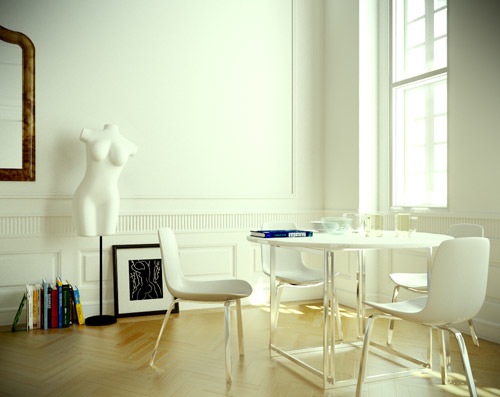

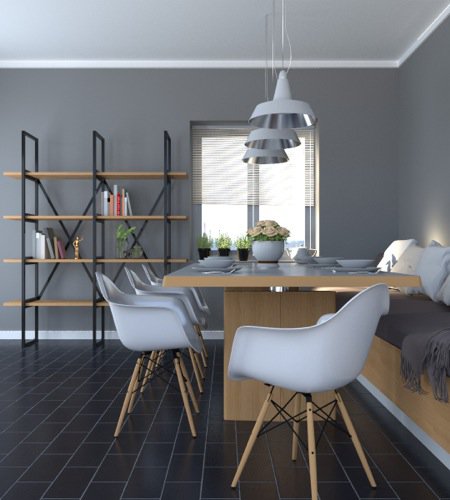
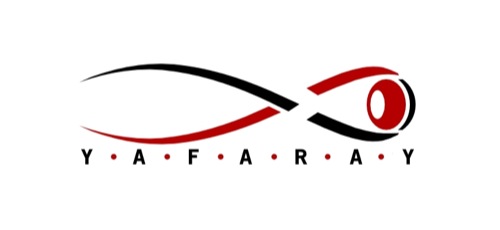
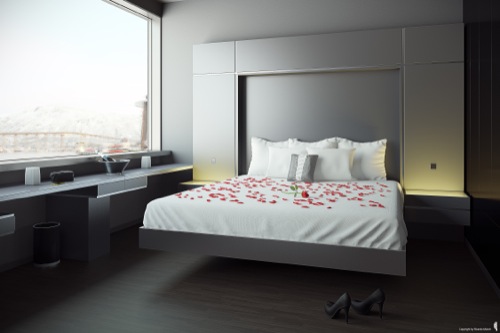
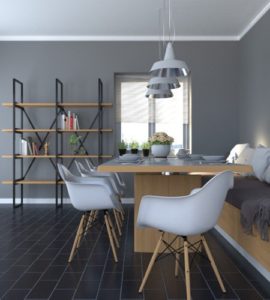

Hi Allan,
I am very glad you liked the images.
I feel horored by beeing present on your blog.
In fact, I am a regular visitor to your posts, since they show a lot of yafaray and blender.
Unfortunatly, I don’t have enought time to comment so often.
But the overall idea of sharing knowledge is something I really, really apreciate.
And your work on that domain is magnificent.
Thanks also for the importance you give to this wonderfull render. engine.
I share the same love for yafaray, blender and and the open source community in general since it changed (and is changing) the professional workflows.
Keep posting!
P.S: Um saravá meu irmão! Apenas um oceano nos separa!